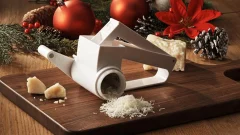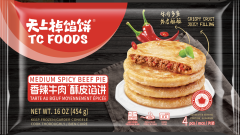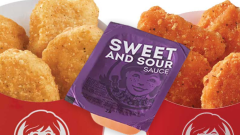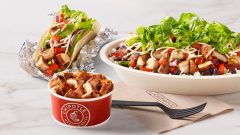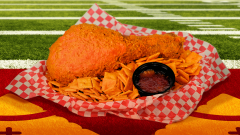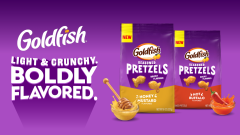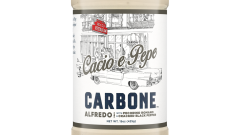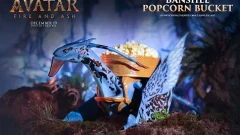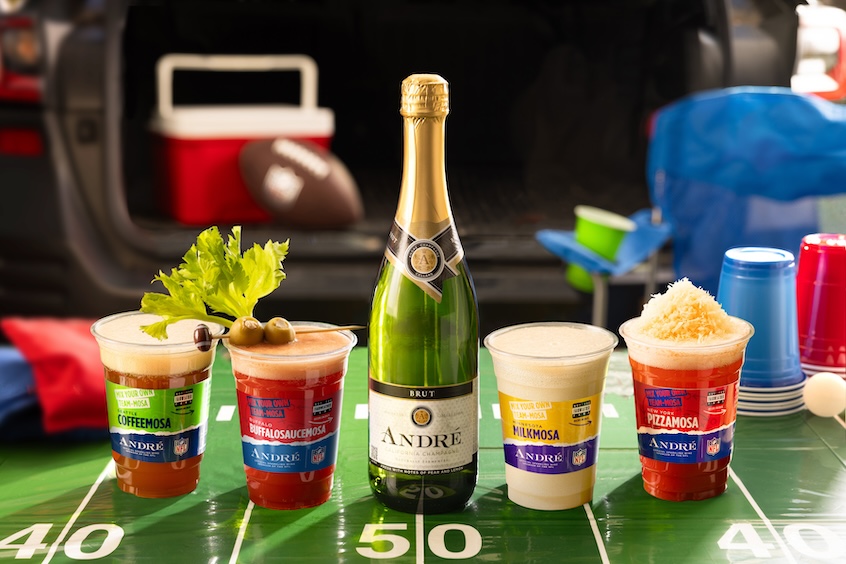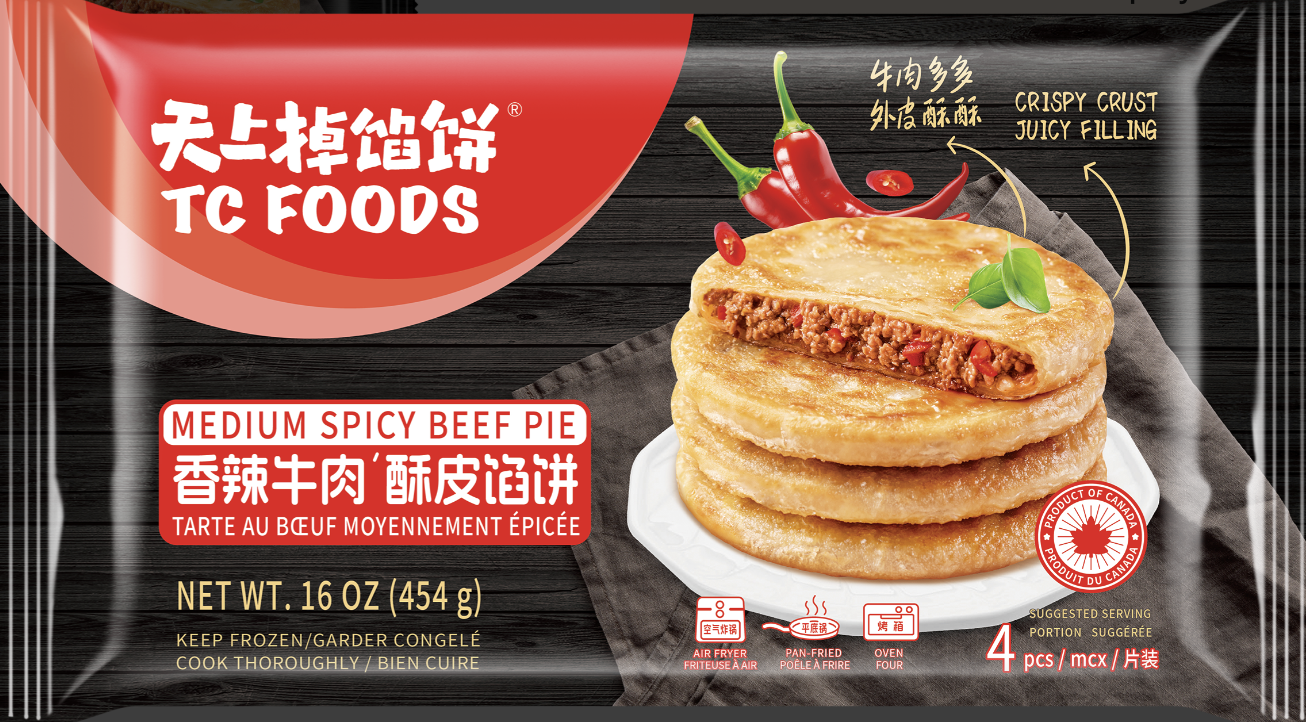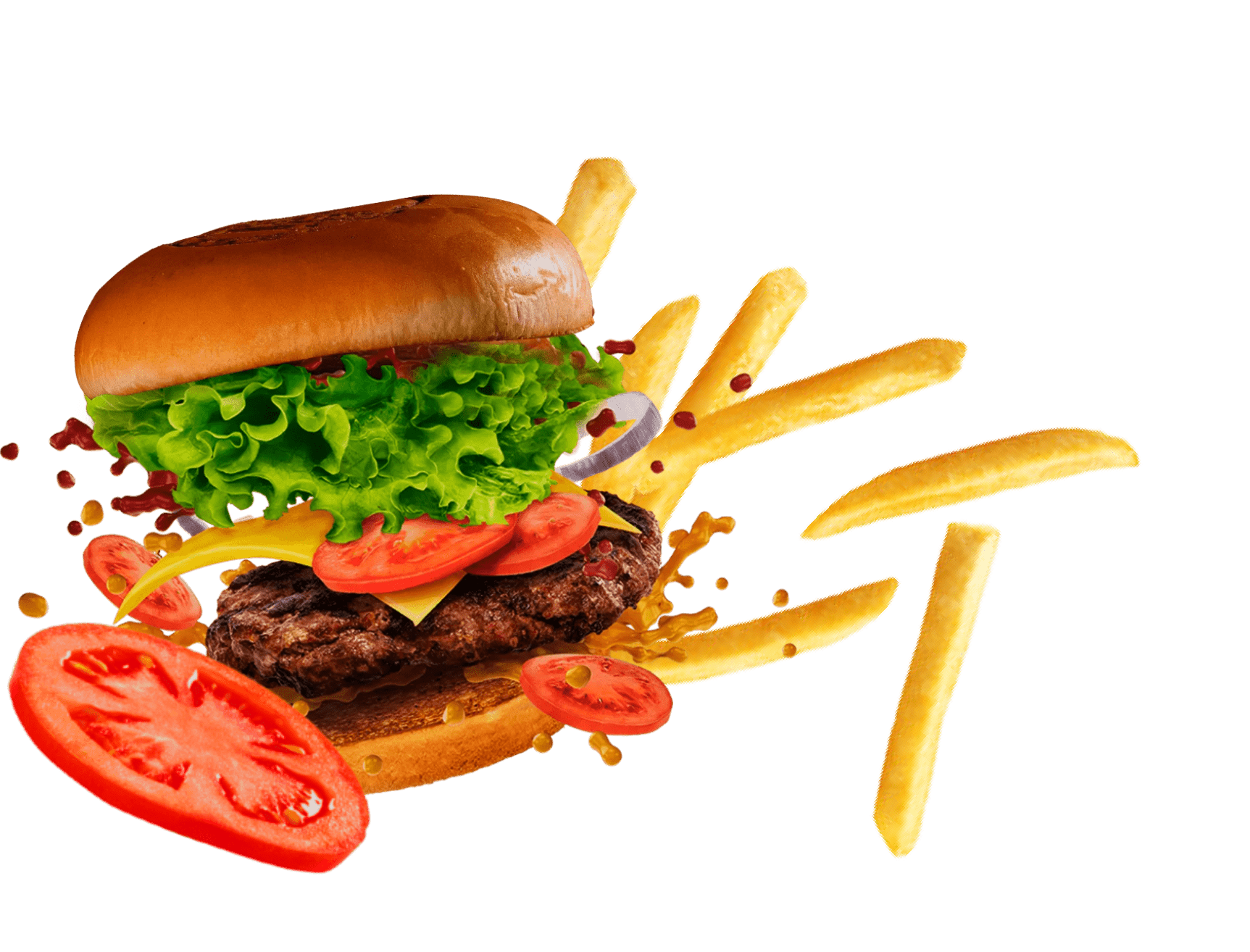Save Your Taste Buds By Telling These Similar Foods Apart
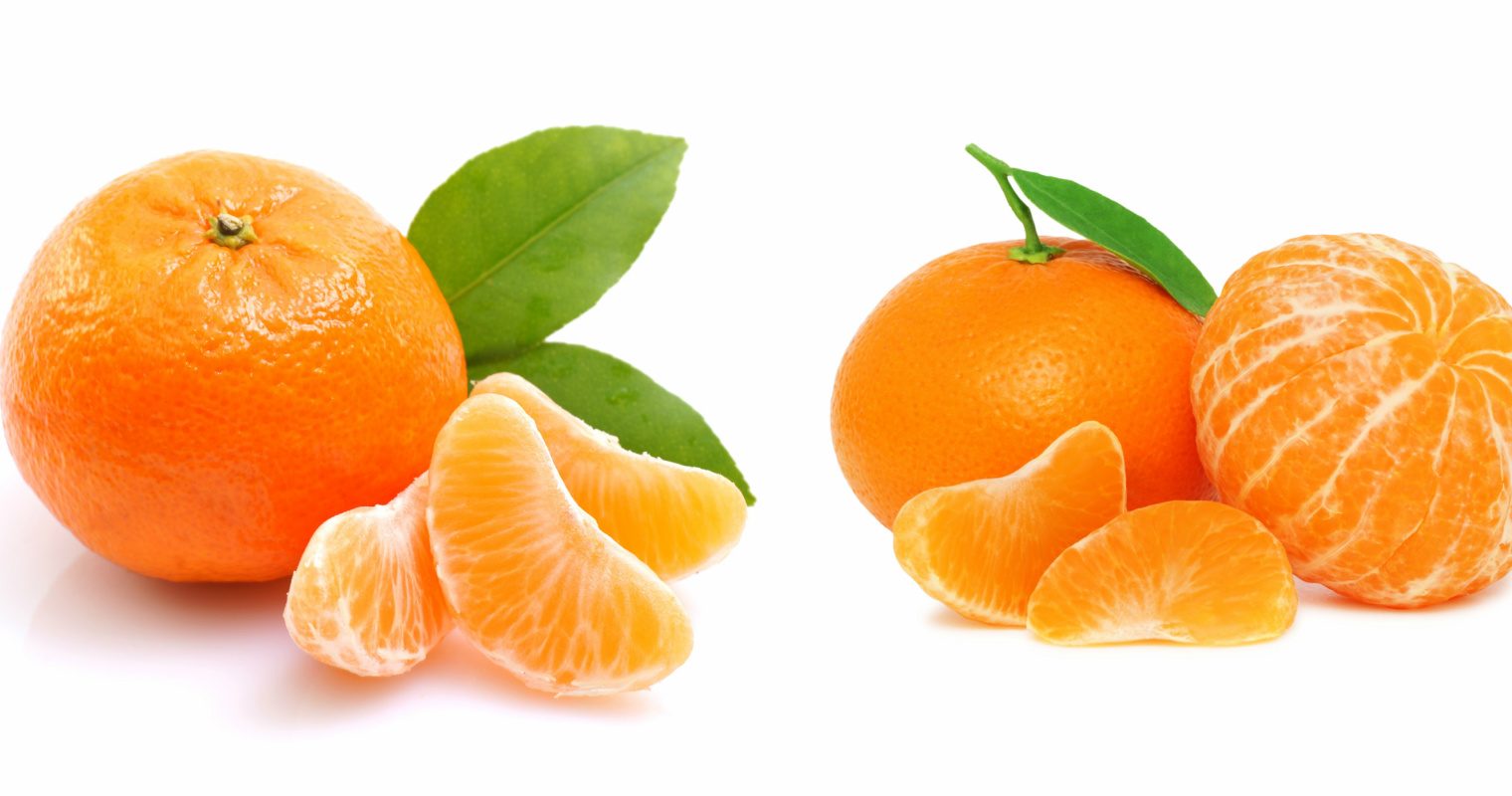
What’s a cardoon, anyways? If you think it’s an artichoke, you couldn’t be more wrong. Mistaking lookalike foods is more common than you’d think and it can often lead to disastrous cooking situations. Never fear, here’s your go-to guide to telling apart the top six most commonly confused foods.
Dates vs. Prunes

Photo: Perfect Insider and Nut Stop
Dates – Dates are commonly used to help constipation, sexual dysfunction and other pleasant things like that. Dates are more oblong-shaped and usually a lighter brown than prunes. They’re also much sweeter than prunes and commonly used in all-natural baked goods as a healthy alternative to sugar – they’re the reason you justify buying all those brownies from Whole Foods. They can also be enjoyed fresh, dried or wrapped in bacon.
Prunes – Your mind might be immediately going to that terrible juice that’s always on hand at your grandma’s, but prunes are so much more than a liquid laxative. Prunes are a lot less sweeter than dates but much more savory. They are typically paired with meats such as a chicken and duck, and are especially delicious wrapped in pancetta.
Squash vs. Sweet Potatoes

Photo: Tori Avey and LiveScience
Squash – Not the racket game that no one understands. Squash can be distinguished by its round, oblong shape and thick, pale outer skin. Inside, the squash is a bright orange, similar to the sweet potato, but with some pesky seeds you might find inside a pumpkin. The squash is also a lot more versatile than the sweet potato; you can make squash into a soup, or use roasted squash in salad, risotto or as a garnish.
Sweet Potatoes – While sweet potatoes are often shaped oblong, like the squash, they have a thinner, brownish skin. Inside they have no seeds, but similar, bright orange flesh. They also have a distinctively sweeter taste (shocker) than squash, making them perfect for desserts like pecan casseroles or marshmallow-topped-potato pie.
Persimmons vs. Tangerines

Photo: Regatta Tropicals and We Know Your Dreams
Persimmons – Persimmons get a bad rap for their “astringent-like” (puckering) taste, but this fruit has some super powers that may change your mind, like their ability to lower blood pressure and even prevent cancer. Because of their appearance, persimmons are typically mistaken for a citrus. They don’t, however, separate like a citrus, and have none of the stringy, white casing that give texture-sensitive people like me the creeps.
Tangerines – Tangerines are the weird cousin of the Mandarin orange and come in seeded varieties, whereas persimmons are all seedless. Being a citrus, tangerines also have more of a succulent texture and a sour-sweet taste, whereas persimmons are much sweeter.
Zucchini vs. Cucumber

Photo: Pixabay and Food Safety News
Zucchini – Although it’s difficult to tell by sight, zucchinis have a rough, dry exterior. When eaten, zucchinis are the ultimate contradiction – they tend to taste sweet and bitter at the same time. Zucchinis are also best eaten cooked; they make an excellent side dish when cut into strips and roasted in olive oil and seasonings.
Cucumbers – Cucumbers will have a waxy surface, much smoother than a zucchini. They can be eaten both raw and cooked, and have a juicy, refreshing taste. Because of this difference in flavor, you could be facing a culinary disaster if you were to mix up these two lookalikes. I once accidentally made cucumber bread instead of zucchini bread… I lost a lot of friends that day.
Artichoke vs. Cardoons

Photo: Specialty Produce and The Vegetable Garden
Artichoke – A variety of thistle eaten usually for their fleshy hearts – as weird as that sounds. You’ll notice that artichokes grow larger flower buds than cardoons and generally have a rounder globe shape, with less pronounced spines. With a nice nutty flavor, artichokes are usually eaten when they have overdeveloped and are commonly eaten in salads, like the traditional Italian antipasto.
Cardoon – Also called the artichoke thistle (you can already see where the confusion lies), cardoons grow with small thistle blossoms and their globe-like shape is less round than their lookalike artichokes. Unlike the artichoke, cardoon leaves and flower stalks are best when immature. My personal favorite? They taste delicious when gratinéed and paired with a red wine reduction.
Orange vs. Clementine

Photo: Haisnan Industries and Reddit
Orange – The big brother of the clementine, if you will. With a thicker rind, oranges prove more difficult to peel but also offer larger pieces of fruit to enjoy. Oranges also have seeds which can be dangerous for kids.
Clementine – These little guys pack a big punch of flavor. Smaller than a regular orange, clementines also have darker, thinner skin that is easier to peel. While their nutritional value is lacking, clementines are a much safer choice because of their lack of seeds. Knowing these distinctions can help you avoid a potentially dangerous choking hazard for children! (Or adults who can’t be trusted with seeds. I know a few).

